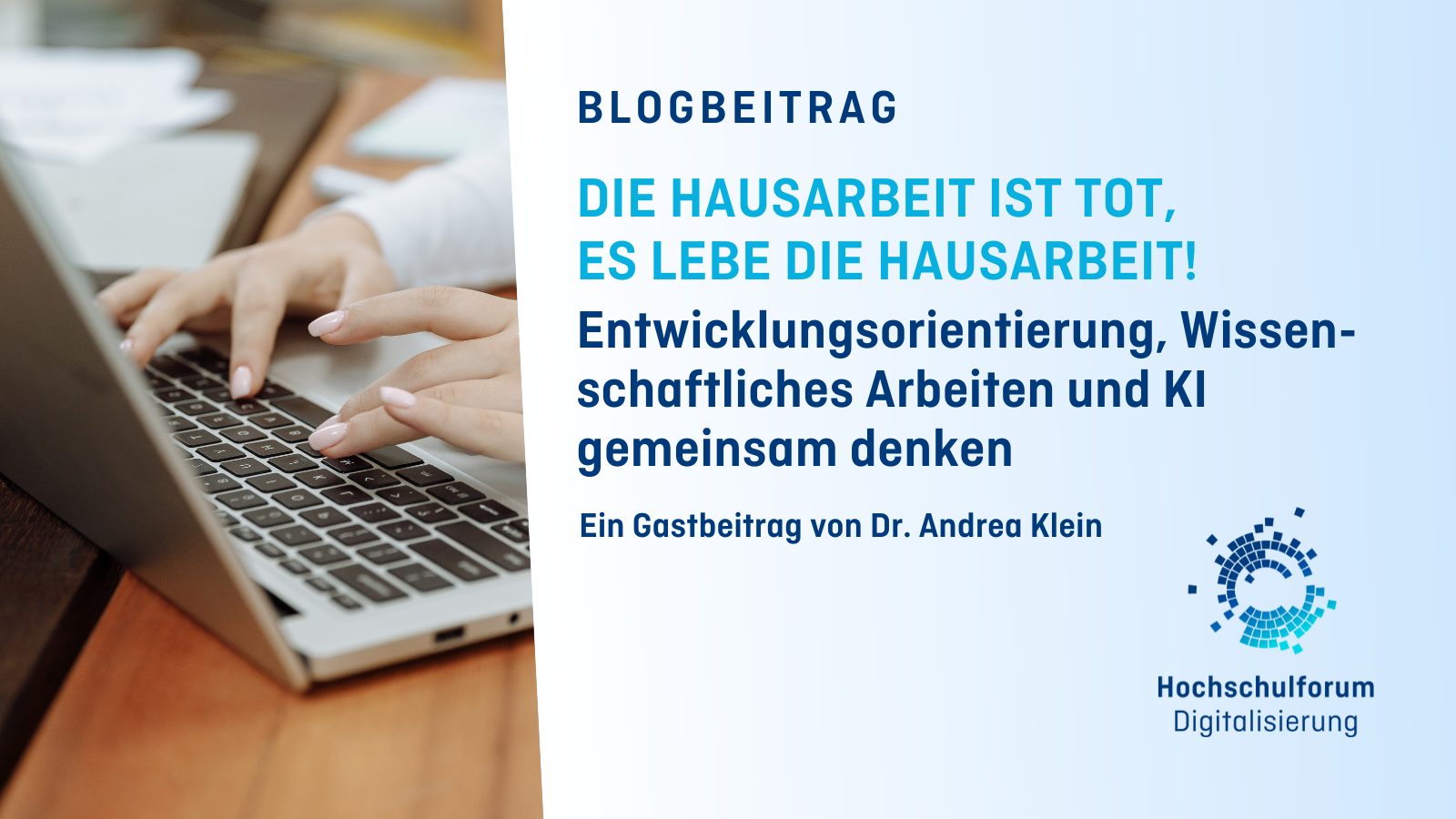Transdisciplinarity in Education – interview with Victoria E. Szabo
Transdisciplinarity in Education – interview with Victoria E. Szabo
19.12.18
During her visit at the symposium “B³ – Bildung Beyond Boundaries” we had the chance to talk to Victoria E. Szabo. She is associate research professor of Visual and Media Studies at Duke University in Durham Philadelphia. In this interview she is explaining why its important to foster transdisciplinary education. Her twitter handle is @vszabo.
Why does it need disruption within disciplinary structures?
The disruption of disciplinary structures has been going on for a long time, but it’s especially urgent at a time when we’re trying to come together collaboratively to solve big problems in the world. The barriers to interdisciplinarity that have been there in the past, are falling away with the rise of digital technologies and the ability to communicate across disciplines.
How does digitization relate to transdisciplinary education approaches?
Well, digitization allows us to communicate across disciplinary boundaries by scaffolding some of the methodologies from one discipline into another. For example, it used to be that trying to use mapping within the context of historical or cultural analysis required deep understanding of geographical tools. However, now there are front-ends and systems for doing mapping more easily. The same is true for 3D-modeling, photogrammetry or other types of ways of understanding historical and cultural materials from a technological perspective. Similarly the growth of data visualization analysis and the tools for that have become more easily accessible to wider audiences. That enables us to bring the arts and cultural heritage people in closer dialogue with scientists through the medium of these new forms of technological analysis and communication.
![Grant entry for digital tools in various disciplines. Bild: [https://unsplash.com/photos/wA1ls2YmVy0 Ben Wicks] Labor](/sites/default/files/images/blog/ben-wicks-1201248-unsplash.jpg)
How should higher education change, to prepare current students for the future?
Having some sort of digital competency is important in every area. That extends even to the arts and humanities disciplines. One of the things we’ve experimented a lot with is collaborative project-based approaches to education, where we consider historical cultural art materials, but also think about how we can communicate them. At the same time we have people coming from humanistic disciplines bringing the ethical and social dimensions to technological interventions. All of these fields are operating together, but through collaborative contexts, larger projects that also are potentially being disseminated out to broader communities. So one of the things that we can be doing now, is having a greater connectivity between what happens inside the walls of the university and what’s happening in the wider world. And by doing these kinds of collaborative projects also with community partners, industry partners, it enhances to move the world forward. At a time, when sometimes expertise is being questioned or even undermined, it’s vitally important for the knowledge and understanding that comes from the deep engagement of the humanities, but also of the sciences and the social sciences, to be extended outward into the broader world.![Open up to new perspectives. Bild: [https://unsplash.com/photos/VK284NKoAVU Samuel Zeller] VR](/sites/default/files/images/blog/samuel-zeller-158996-unsplash.jpg)
How should a university support teachers in applying transdisciplinary approaches?
Well, at my university we have a vice provost for interdisciplinary studies. Within that office there is support for project based work in unusual teams to come together in shorter or longer term formations. The idea of the lab is something, that we’ve embraced not only in the sciences, but also the social sciences and the humanities. We have encouraged people explicitly through mechanisms of project support or collaborative teaching opportunities, that enable us to make this sort of thing possible. This isn’t to say that we want to completely do away with disciplinary knowledge or deep understanding. The university still is fundamentally organized around those principles, but we bring them together by having both: the departments and programs, that have been there for a very long time, and these new opportunities.
Do you prefer a specific teaching-format for transdisciplinary work?
I think that can extend into research. We try to have ongoing questions and problematics that bring together diverse groups horizontally across different types of researchers and vertically, so we can include students in research projects through the mechanism of courses. But we can also create modules and other public facing types of resources. We often try not to make a separation between teaching and research, because we engage the students themselves in the research. Now within a course context they may not get far enough along that you would want to say “this is finished research”, but they can help with the process and be one step along the way of creating something, that ultimately can turn into a larger research project. We are starting to move away from a specifically course-based structure. Course-based maybe in the sense of a subject area to focus on, but not so much in the, in our case, 15-week module.
![Combining discipines will give you a deeper understanding. BIld: [https://unsplash.com/photos/38XhGPwzI3U neONBRAND] 3D-Druck](/sites/default/files/images/blog/neonbrand-560705-unsplash.jpg)
How does higher education look like in five years?
Higher education in the next five years is going to change radically in that we’re going to see more and more online learning, but also online learning coupled with in-person learning. As we’re starting to see the problems with having only remote-based education, we’re going to have to figure out a dialogue between those two approaches. I imagine, that some content modules being presented remotely or online, but then communications happening within smaller groups, in-person settings being devoted more to collaborative project development or working out exercises are getting feedback and less to formal lecture sorts of structures. I think that it’s also going to become much more modularized in general. So even if you are on a course-based setting, you might pick and pull different elements and put them all together into one format. Or, if you do what I was describing earlier: a project-based approach. There you’ll still have to get everyone to a certain level in order to be able to communicate with each other. So there might be more diversification, even within one course, based on the learning outcomes of the individual students involved. Also higher education will be more global and more collaborative across national boundaries. We already have study abroad programs or universities, which are very international. But I think that we can see the universities as nodes in a larger network of knowledge production, consumption and circulation, especially with the aid of new technologies that make it easier now than it used to be. We’ve experimented for long times with things like having two courses taught in one place. But I think the technologies are getting to a point, where it’s going to be much easier for people to engage with that type of collaboration as well.
Thanks a lot for the Interview.
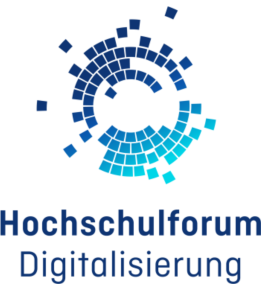

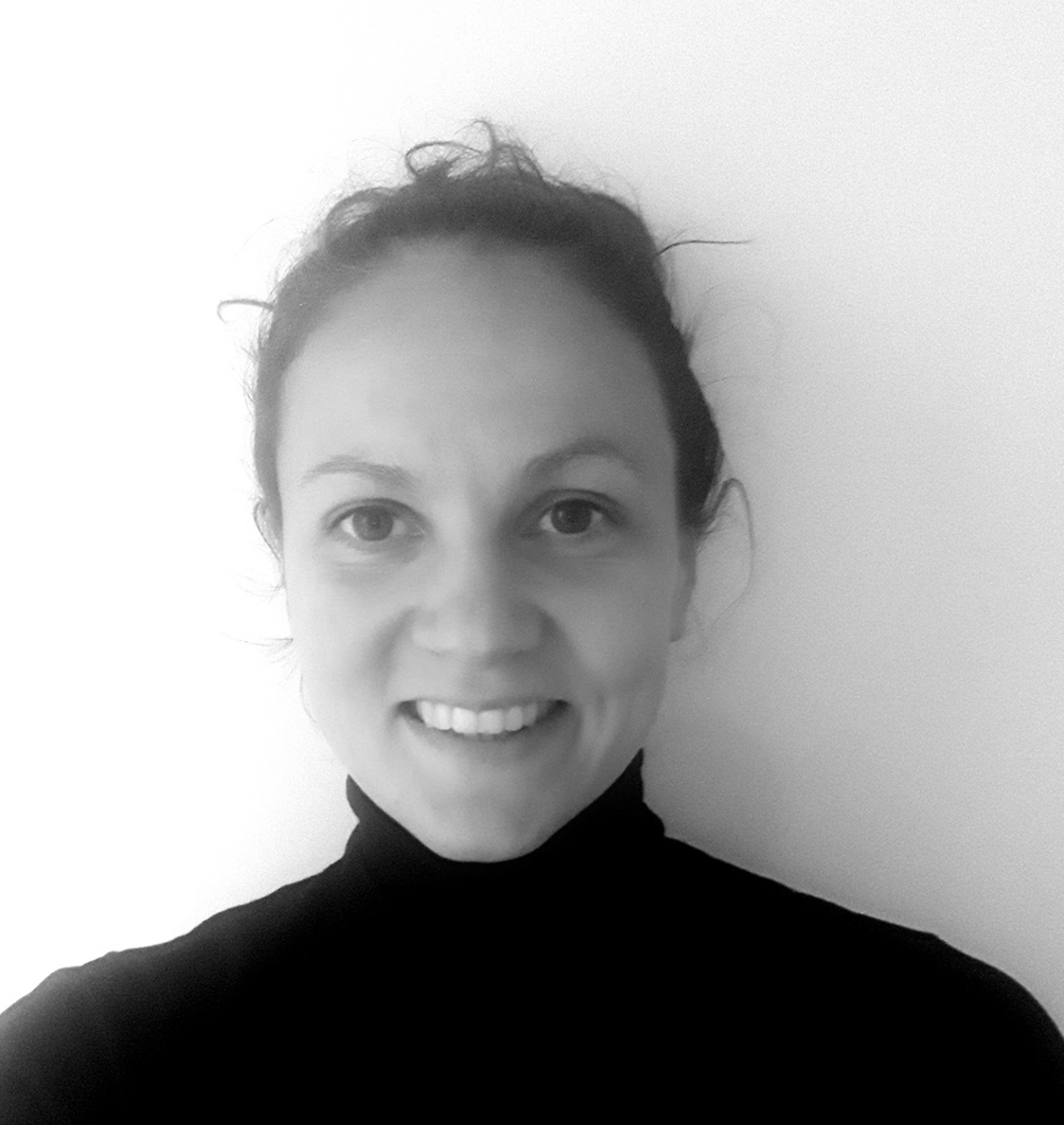 Dr. Anna Faust
Dr. Anna Faust 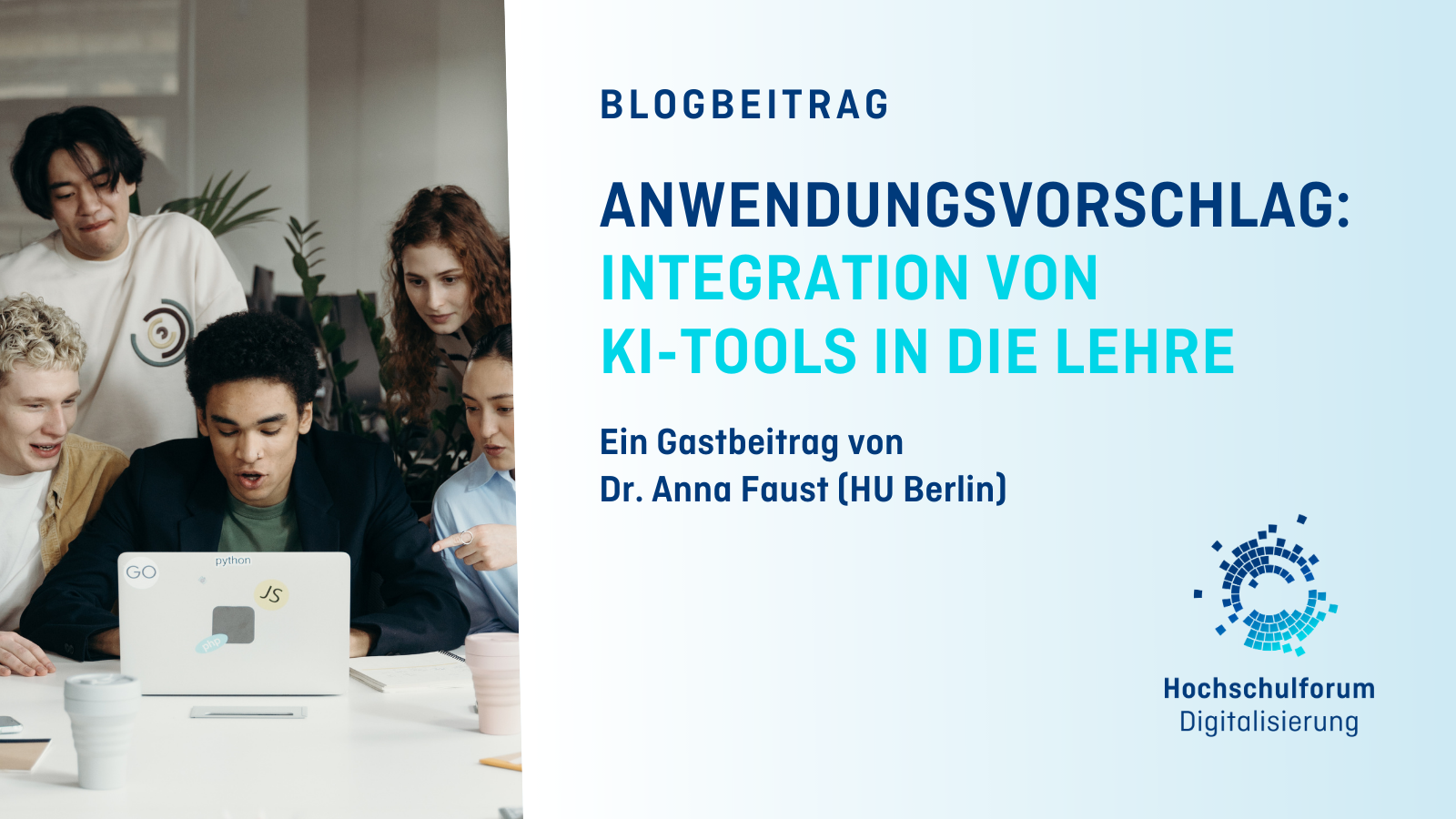
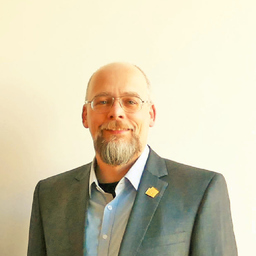 Thomas Blotevogel
Thomas Blotevogel 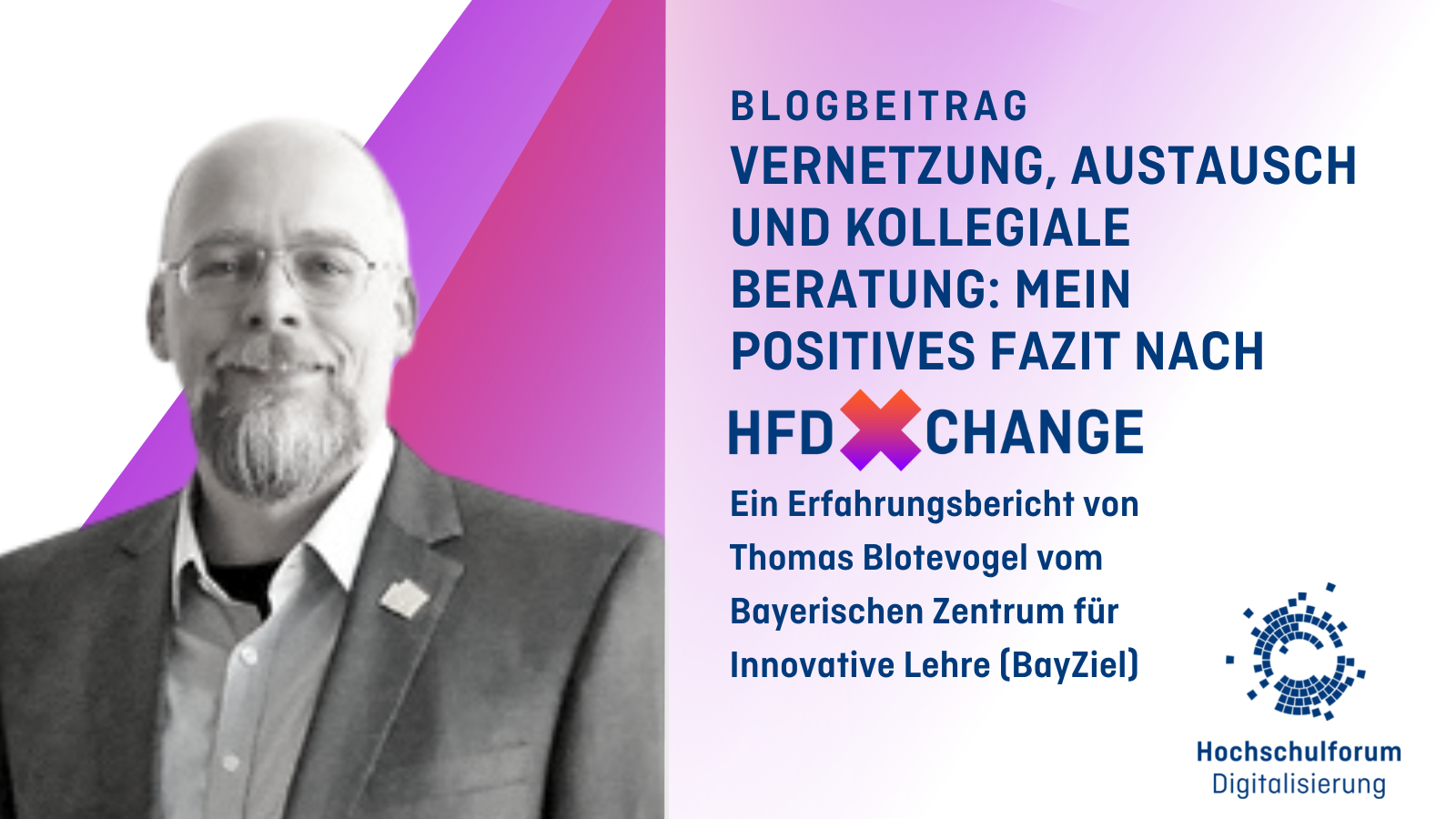
 Dr. Andrea Klein
Dr. Andrea Klein 